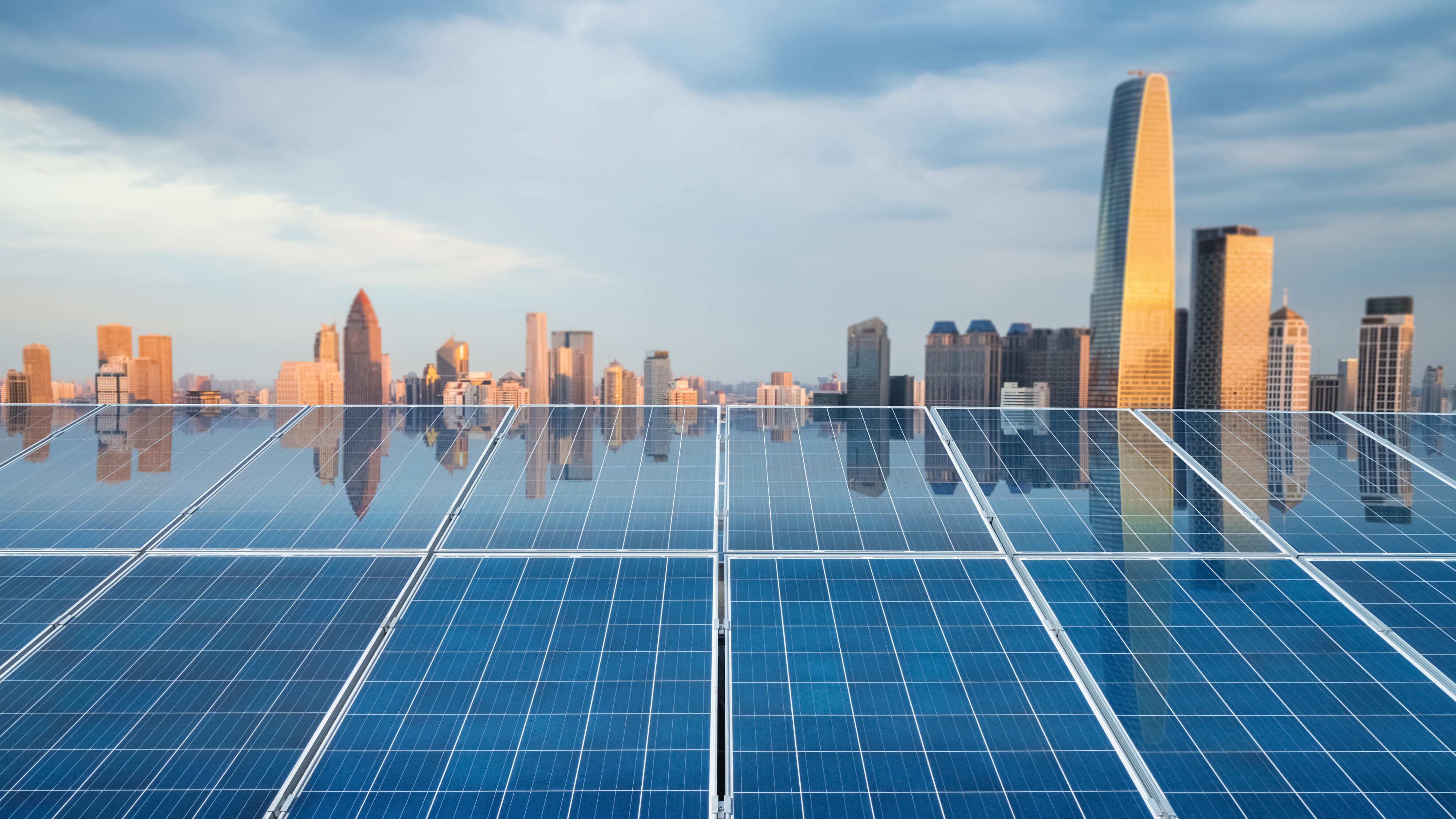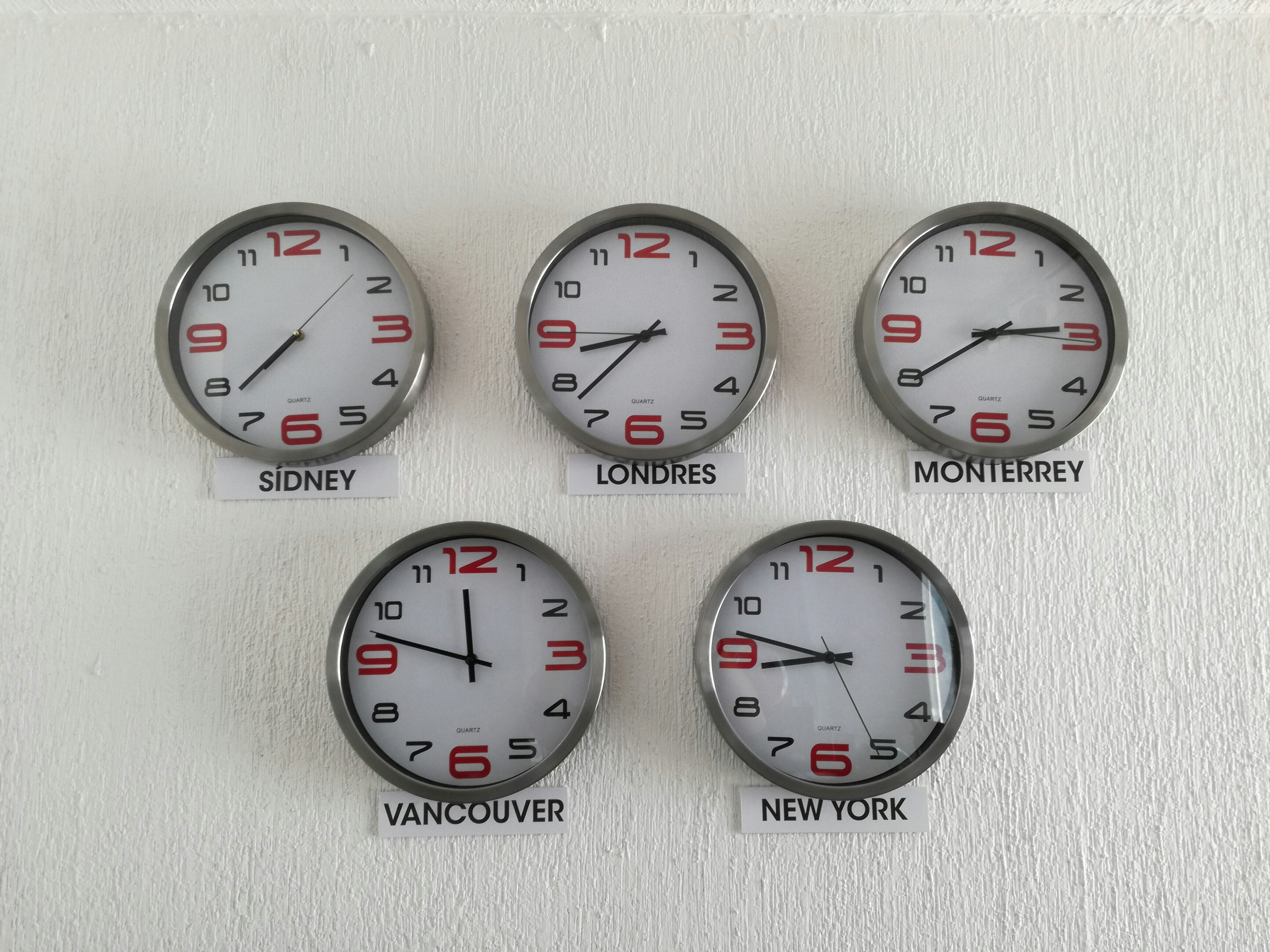How does income inequality affect economic growth?

The relationship between aggregate output and the distribution of income is an important topic in macroeconomics (Galor 2011). The role that income inequality plays in economic growth has also received quite a bit of attention in policy circles and the press recently. For instance, the World Bank Group has included among its key global objective for development the eradication of extreme poverty and boosting the incomes of the bottom 40% of developing countries. The IMF has weighed in with a discussion on the role of income distribution as a cause and consequence of economic growth (see, for example, Ostry et al. 2014).
In a recent paper (Brueckner and Lederman 2015), we provide estimates of the within-country effect that income inequality has on aggregate output. Our empirical analysis starts from the premise that the effect of changes in income inequality on GDP per capita may differ between rich and poor countries. This premise is grounded in economic theory. In a seminal contribution, Galor and Zeira (1993) proposed a model with credit market imperfections and indivisibilities in investment to show that inequality affects GDP per capita in the short run as well as in the long run. Galor and Zeira’s model predicts that the effect of rising inequality on GDP per capita is negative in relatively rich countries but positive in poor countries. We test this prediction by introducing in the panel model an interaction term between income inequality and countries’ initial (i.e. beginning of sample) GDP per capita.
How large are the effects?
Our empirical analysis shows that for the average country in the sample during 1970-2010, increases in income inequality reduce GDP per capita.
Specifically, we find that, on average, a 1 percentage point increase in the Gini coefficient reduces GDP per capita by around 1.1% over a five-year period; the long-run (cumulative) effect is larger and amounts to about -4.5%.
To be clear, this finding implies that, on average, increases in the level of income inequality lead to lower transitional GDP per capita growth. Increases in the level of income inequality have a negative long-run effect on the level of GDP per capita. We document the robustness of this result to alternative measures of income inequality, alternative income inequality data sources, splitting the sample between pre- and post-1990 period (end of the Cold War), and restricting the sample to countries located in Latin America and the Caribbean or Asia.
While the average effect of income inequality on GDP per capita is negative and significantly different from zero, it varies with countries’ initial income level. In an econometric model that includes an interaction term between initial GDP per capita and income inequality, the coefficient on the interaction term is negative and significantly different from zero at the 1% level. Quantitatively, the size of the coefficient on the interaction term implies that differences in initial income induce a substantial effect on the impact that changes in income inequality have on GDP per capita. For example, at the 25th percentile of initial income the predicted effect of a 1 percentage point increase in the Gini coefficient on GDP per capita is 2.3% (with a corresponding standard error of 0.6%); at the 75th percentile of initial income the effect is -5.3% (the corresponding standard error is 0.8%).
The estimates from the interaction model thus suggest that in poor countries, increases in income inequality raise GDP per capita while the opposite is the case in high- and middle-income countries.
Effects of inequality on human capital
Additional evidence that our empirical results are in line with Galor and Zeira’s (1993) model comes from the response of investment and human capital.1 Our panel estimates show that within-country increases in income inequality significantly increase the investment-to-GDP ratio in poor countries but decrease it in high- and middle-income countries. Furthermore, within-country increases in income inequality significantly increase human capital (measured by the average years of schooling and share of the population with a secondary and tertiary education) in poor countries. On the other hand, in high- and middle-income countries increases in income inequality reduce human capital.
Identification
Identification of the causal effect of income inequality on aggregate output is complicated by the endogeneity of the former variable. Income inequality may be affected by countries’ GDP per capita as well as other variables related to deep-rooted differences in their geography and history. We address this issue by estimating a panel model with country and time fixed effects. We instrument income inequality with variation in that variable not driven by GDP per capita building on the work of Brueckner et al. (2015).
Conclusion
Our empirical analysis is motivated by the theoretical work of Galor and Zeira (1993). who examined the relationship between inequality and aggregate output in the presence of credit market imperfections and indivisibilities in human capital investment. Galor and Zeira’s model predicts heterogeneity in the effects of inequality on aggregate output across countries’ initial income levels. Taking this prediction seriously, our econometric model included an interaction between measures of income inequality and countries’ initial level of GDP per capita. Instrumental variables estimates showed that income inequality has a significant negative effect on aggregate output for the average country in the sample. However, for poor countries income inequality has a significant positive effect. We document that this heterogeneity is also present when considering investment – in particular, investment in human capital – as a channel through which inequality affects aggregate output. Overall, our empirical results provide support for the hypothesis that income inequality is beneficial to economic growth in poor countries, but that it is detrimental to economic growth in advanced economies.
Disclaimer: The findings, interpretations, and conclusions expressed are entirely those of the authors. They do not necessarily represent the views of the International Bank for Reconstruction and Development/World Bank and its affiliated organisations, or those of the Executive Directors of the World Bank or the governments they represent.
References
Brueckner, M and D Lederman (2015), “Effects of Income Inequality on Aggregate Output”, World Bank Policy Discussion Paper 7317.
Brueckner, M, E Dabla Norris, M Gradstein (2015), “National Income and Its Distribution”, Journal of Economic Growth 20: 149-175.
Galor, O (2011), “Inequality, Human Capital Formation, and the Process of Development”, Brown University working papers 2011-7.
Galor, O and J Zeira (1993), “Income Distribution and Macroeconomics”, Review of Economic Studies 60: 35-52.
Ostry, J D, A Berg, and G D Tsangarides (2014), “Redistribution, Inequality, and Growth”, IMF Staff Discussion Note No. SDN/14/02, February.
Perotti, R (1996), “Growth, Income Distribution, and democracy: what the Data say?”, Journal of Economic Growth 1(2): 149—187.
Footnote
1 Ideally, in the cross-country time series context, we would like to use data on the distribution of wealth rather than income since wealth inequality is the relevant measure in theoretical models with credit market imperfections. Unfortunately, data on wealth inequality are not available to generate a long time-series for a large number of countries. As noted in previous empirical research (e.g. Perotti 1996), income inequality and wealth inequality are highly positively correlated.
This article is published in collaboration with VoxEU. Publication does not imply endorsement of views by the World Economic Forum.
To keep up with the Agenda subscribe to our weekly newsletter.
Authors: Markus Brückner is an Associate Professor in economics at the National University of Singapore. Daniel Lederman is Lead Economist in the World Bank’s International Trade Department (PRMTR).
Image: U.S. one dollar bills blow near the Andalusian capital of Seville in this photo illustration taken on November 16, 2014. REUTERS/Marcelo Del Pozo.
Don't miss any update on this topic
Create a free account and access your personalized content collection with our latest publications and analyses.
License and Republishing
World Economic Forum articles may be republished in accordance with the Creative Commons Attribution-NonCommercial-NoDerivatives 4.0 International Public License, and in accordance with our Terms of Use.
The views expressed in this article are those of the author alone and not the World Economic Forum.
Stay up to date:
Future of Work
Related topics:
Forum Stories newsletter
Bringing you weekly curated insights and analysis on the global issues that matter.
More on Economic GrowthSee all
Rishika Daryanani, Daniel Waring and Tarini Fernando
November 14, 2025







